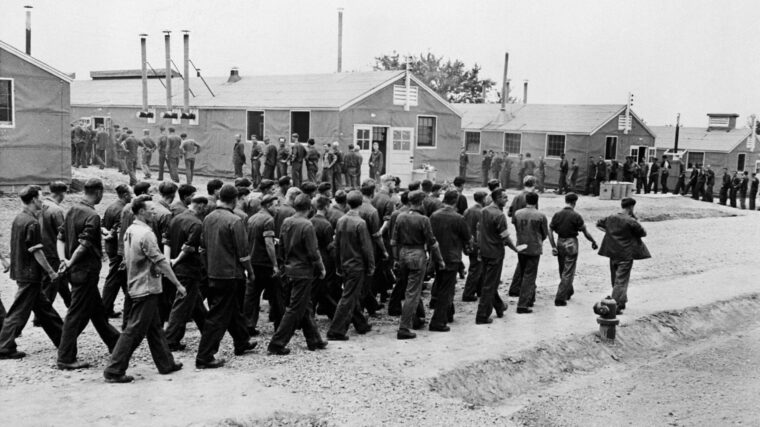
WWII
Escape into Arizona’s Desert: German Prisoners in World War II
By Adam LynchOn Christmas Eve, 1944, Colonel William Holden, commander of the prisoner of war camp at Phoenix, Arizona, suddenly lost all hope for a happy holiday. Read more
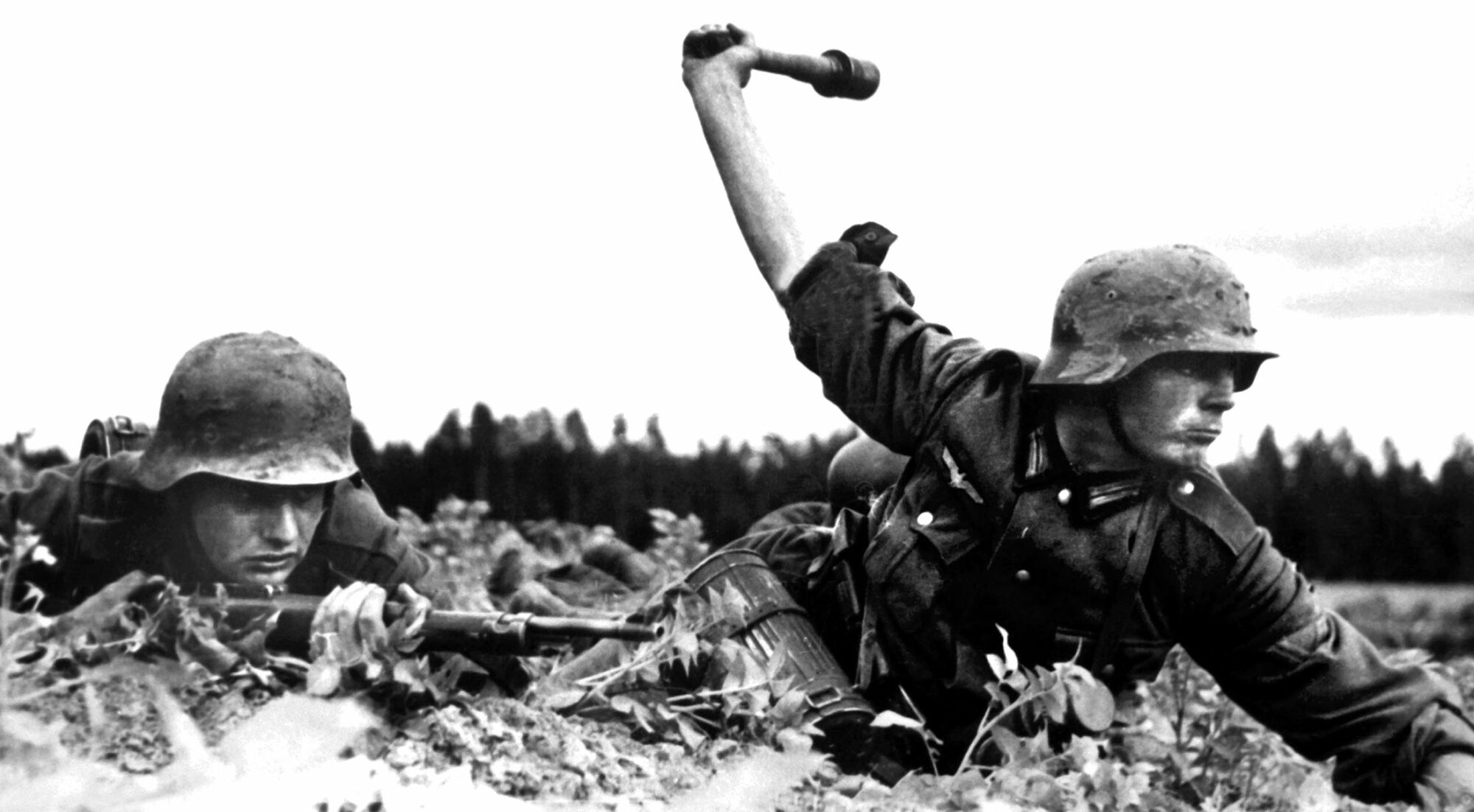

WWII
On Christmas Eve, 1944, Colonel William Holden, commander of the prisoner of war camp at Phoenix, Arizona, suddenly lost all hope for a happy holiday. Read more
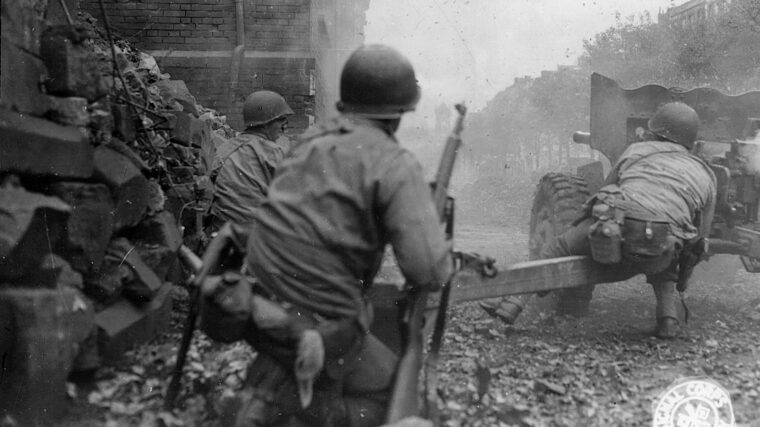
WWII
By the autumn of 1944, German resistance in the West was quickly crumbling as the British and Americans approached the German border 233 days ahead of schedule. Read more
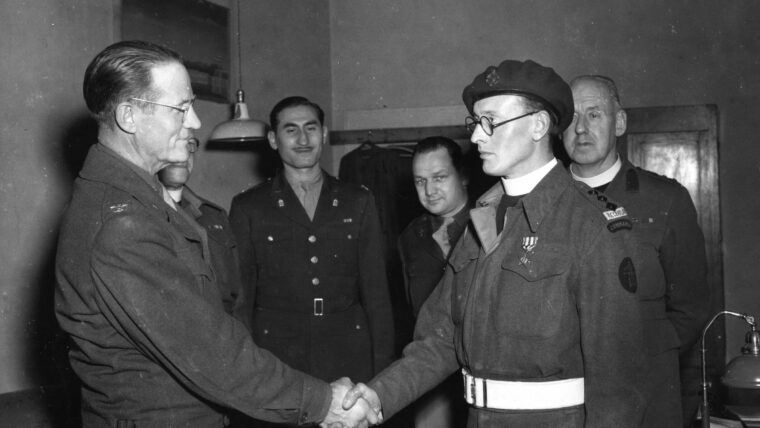
WWII
One day shortly after the Battle of El Guettar in central Tunisia in March 1943, Colonel William O. Read more
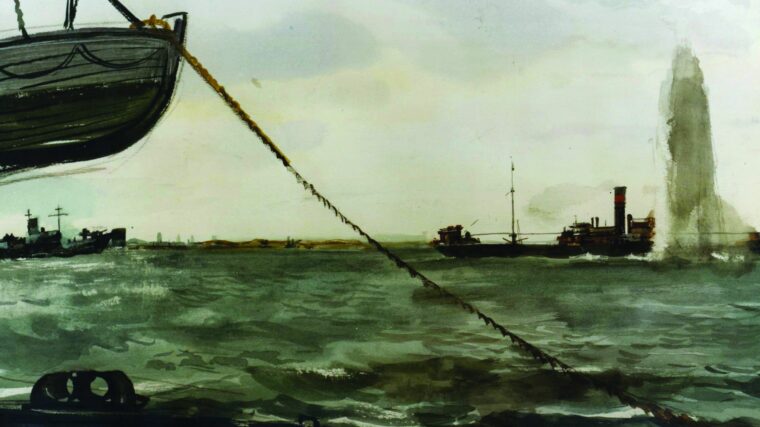
WWII
Early in World War II, a bitter joke circulated within the Soviet military. It ran, “What is the first thing Russia does when war is declared? Read more
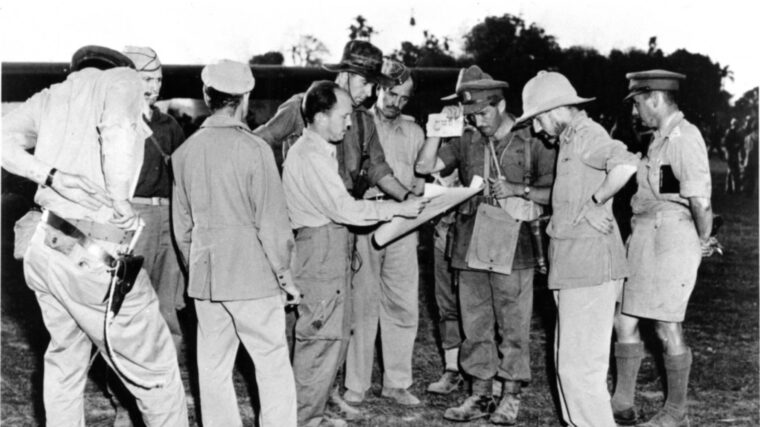
WWII
British General Orde Wingate is one of the more enigmatic World War II commanders encountered in a number of biographical and military historical accounts. Read more
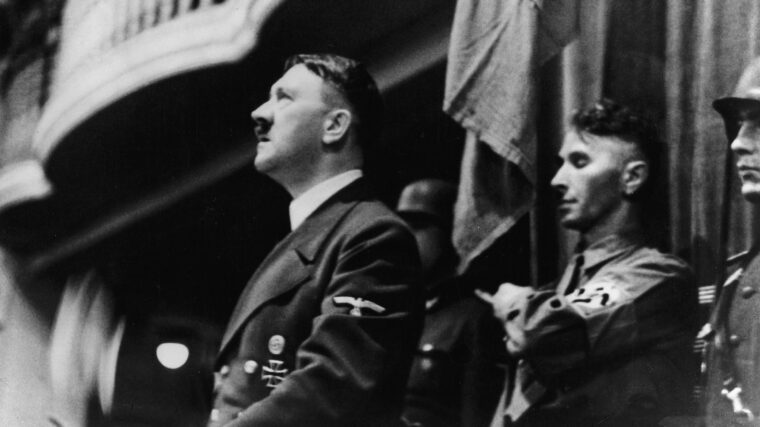
WWII
At exactly 8 PM on November 8, 1939, German Chancellor Adolf Hitler strode briskly into Munich’s Burgerbraukeller beer hall at the head of his glowering entourage, brushing past a forest of hands raised in the Nazi salute. Read more
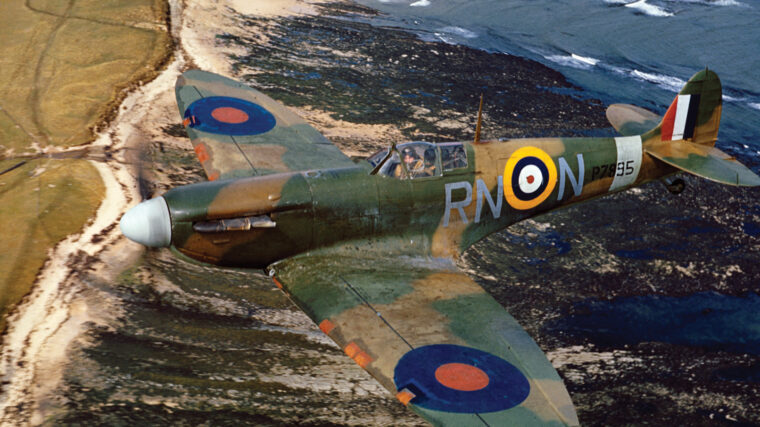
WWII
On April 21, 1942, in action over Malta, Flight Lieutenant Denis Barnham of No. 601 Squadron was given credit for downing a German Junkers Ju-88 bomber and a Messerschmitt Bf-109 fighter. Read more
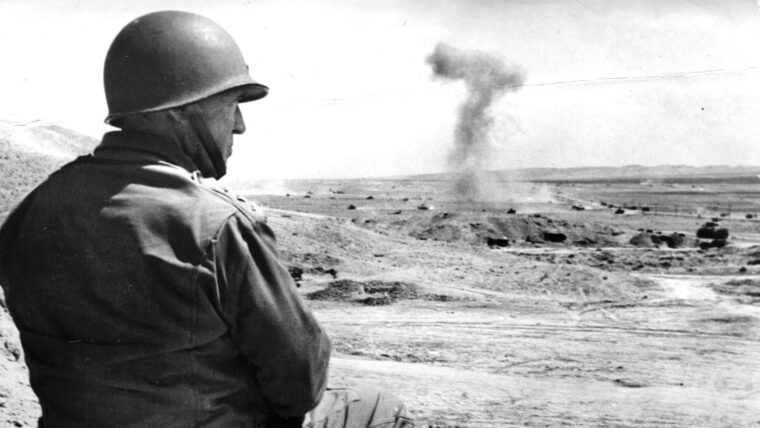
WWII
Lieutenant General George S. Patton, Jr., looked forward to fighting German Field Marshal Erwin Rommel, his North African nemesis. Read more
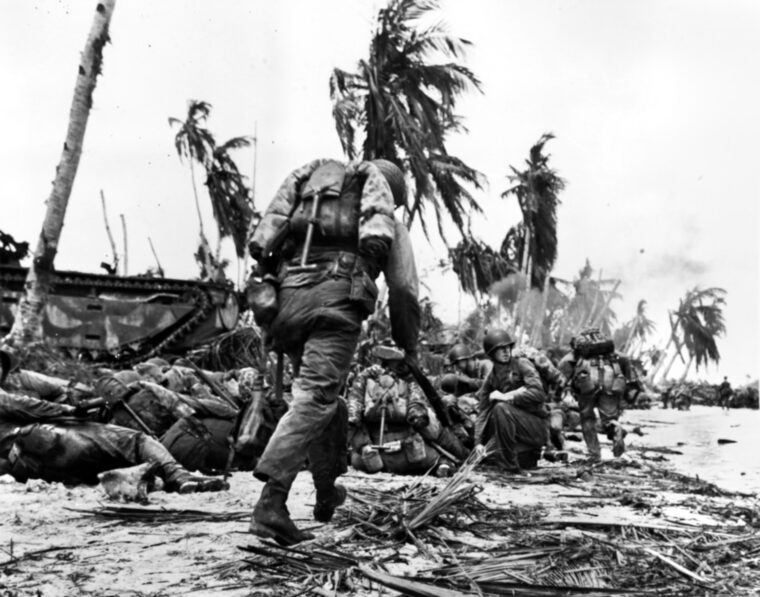
WWII
By Dick Camp (Colonel, USMC, Retired)
The war in the Pacific was a bloody, protracted struggle between the Empire of Japan and the United States and her allies. Read more
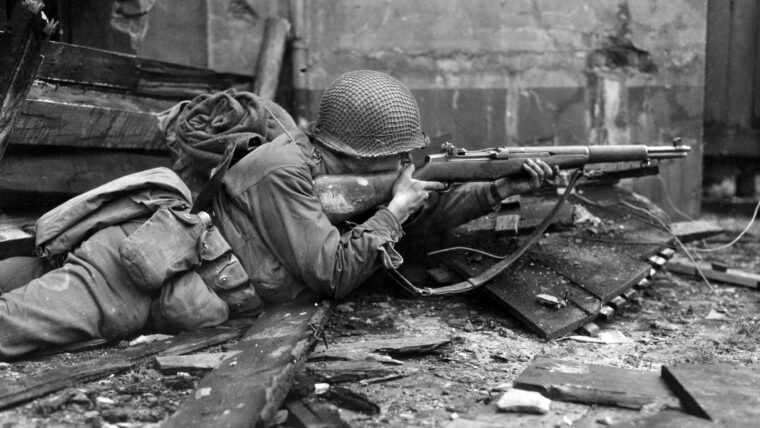
WWII
In early 1945, while the American First Army was focusing on the dams of the Roer River near the German-Belgium border and Patton’s Third Army was probing the Eifel and clearing the Saar-Moselle triangle, the First Canadian Army was about to open their offensive as part of Operation Veritable in a drive southeast up the left bank of the Rhine from the vicinity of Nijmegen. Read more
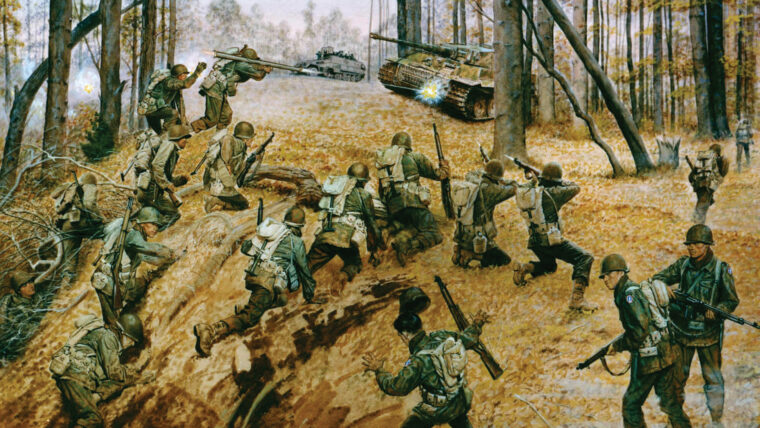
WWII
By Stephen D. Lutz
Thousands of Japanese American men demonstrated their loyalty to the U.S. by volunteering to serve in the 100th Infantry Battalion and the 442nd Infantry Regiment, to which the 100th would later be joined. Read more
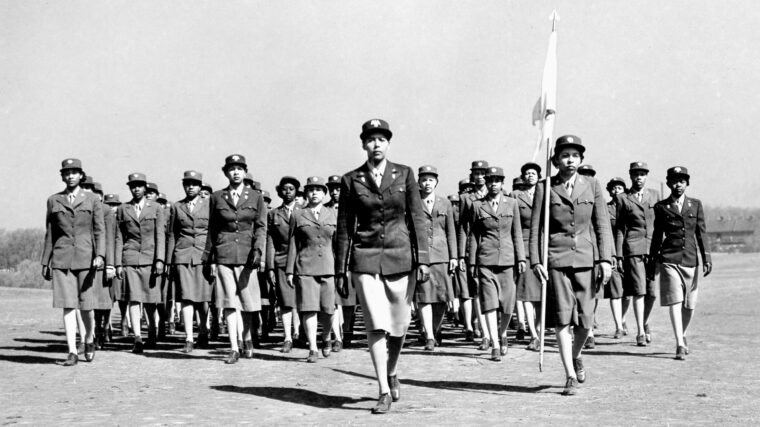
WWII
Although Private First Class (Pfc) Romay C. Johnson served in war-torn England and France during World War II, it was her tumultuous voyage across the Atlantic Ocean that she remembered most vividly. Read more
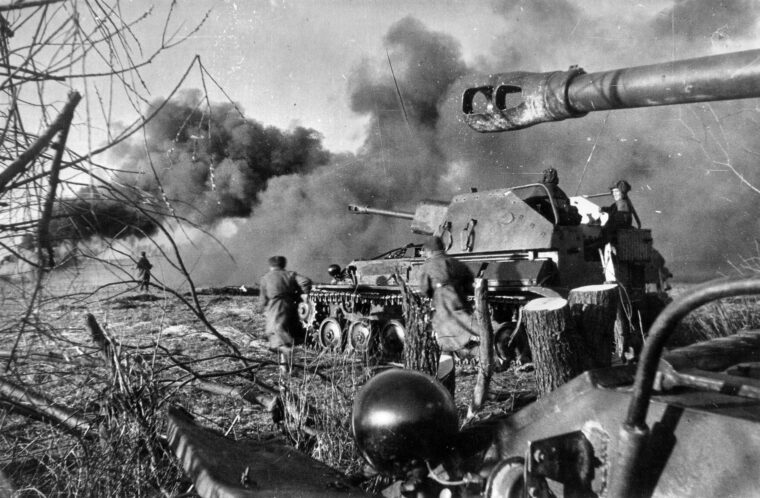
WWII
By Dr. Richard Selcer
As Soviet armies threatened Berlin in February 1945, Nazi Propaganda Minister Josef Goebbels promised the German people that the capital would be defended to the last stone and the last man. Read more
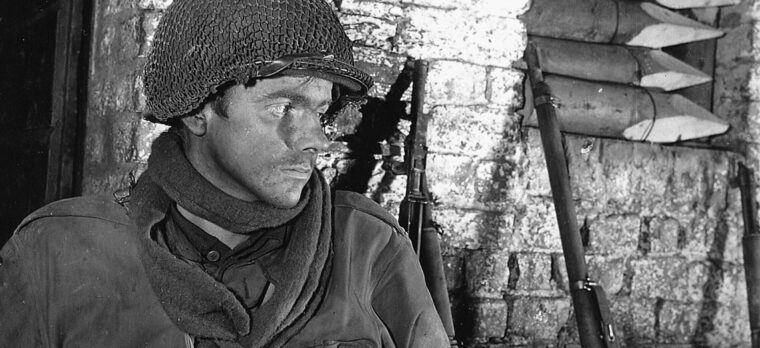
WWII
What was it like to come to grips with the enemy, to fight and survive combat? For each men, the experience was different; for many, it was almost impossible to relate to those behind the lines or an ocean away. Read more
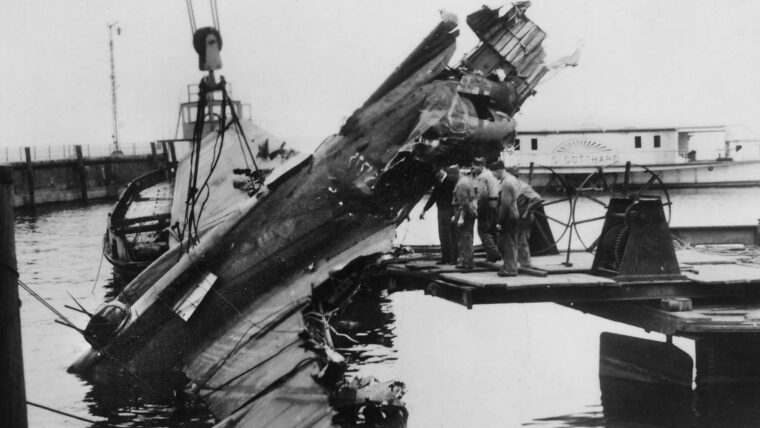
WWII
Lieutenant Martin Andrews was not scheduled to fly that day. He and his Boeing B-17 Flying Fortress bomber crew had survived 12 missions out of the required 25 and were due for a much needed week of rest and recuperation. Read more
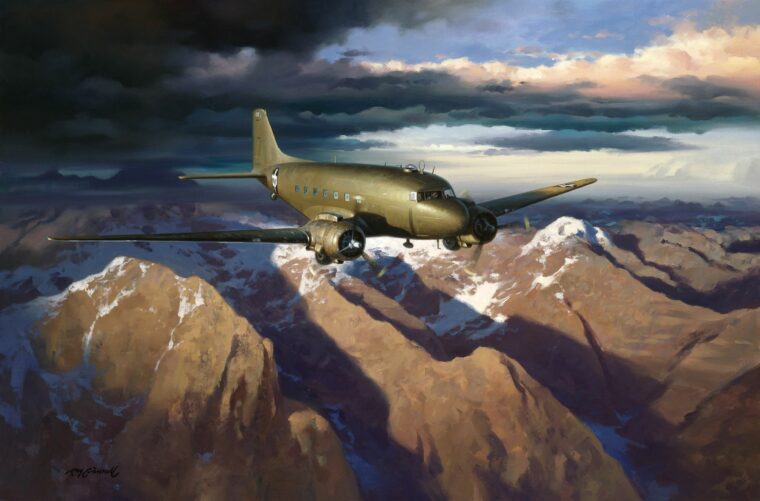
WWII
Winston Churchill called it, “An immense laborious task, unlikely to be completed until the need for it has passed.” Read more

WWII
Known throughout France as the Village des Martyrs—“Village of Martyrs,”—the pillaged remains of Oradour-sur-Glane have stood nearly eight decades now as a memorial to the dead and reminder of the atrocities of war. Read more
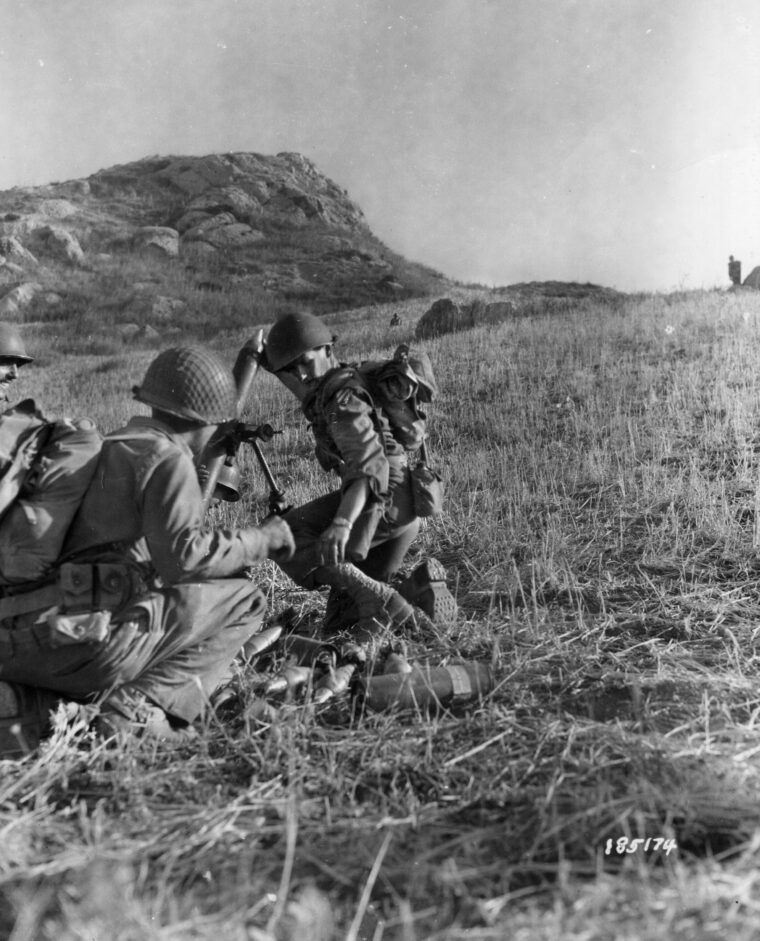
WWII
The U.S. 3rd Infantry Division has one of the longest legacies in the United States Army. Originally formed in November 1917 at Camp Greene, North Carolina, it gained a reputation for toughness. Read more
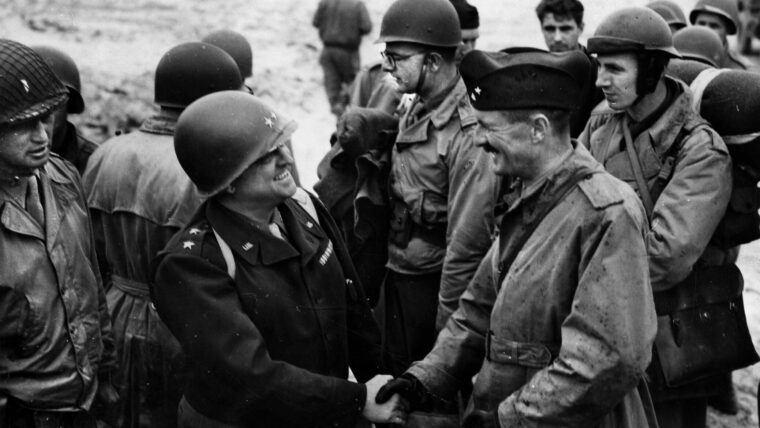
WWII
Géneral d’ Armée Jacques-Philippe Leclerc’s service to France during World War II made him one of the few heroes to be admired by the whole country. Read more
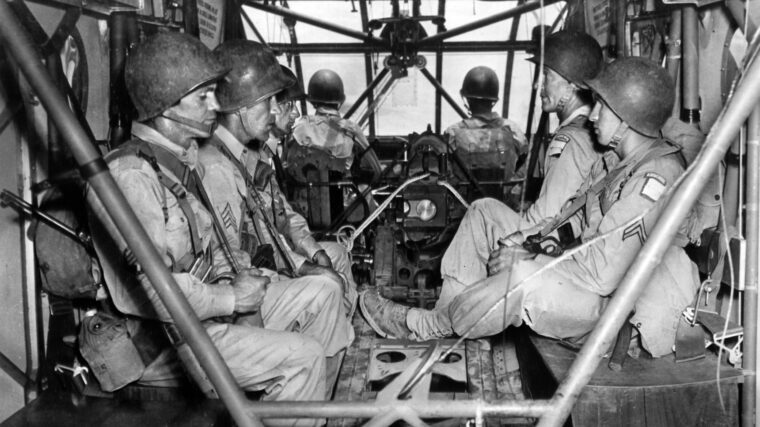
WWII
During the decade of the U.S. Army’s experiment with gliders in war, nearly as many glider pilots died in training as they did in combat. Read more